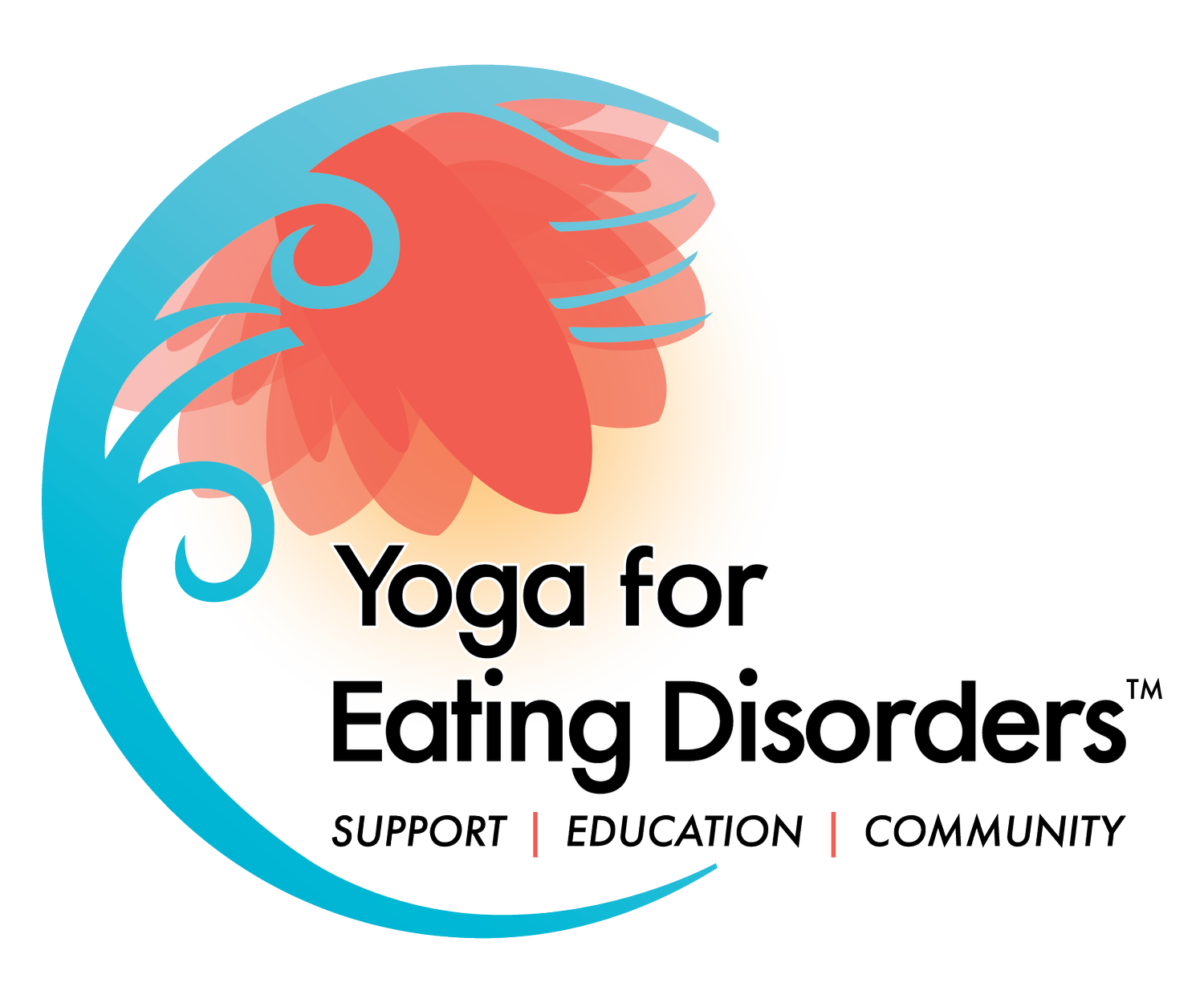Return to Love: How Ahimsa Helps Eating Disorders Recovery
“Peace. It does not mean to be in a place where there is noise, trouble, or hard work. It means to be in the midst of those things and still be calm in your heart.”
-Unknown
The yoga philosophy of ahimsa, or kindness, is the first of the five yamas that guides us to live from a place of peace in our words, thoughts, and actions toward ourselves, others, and the environment. When we deny our truth, we are, in a sense, being violent. When we deny the truth of our body's needs and signals, we are being violent toward ourselves. Practicing listening and acknowledging our truth and being truthful is being kind, peaceful, and nonviolent.
When we experience challenging body image days, cultivating gratitude for our bodies can feel impossible. Even still, harming ourselves with nasty body comparing self-talk is not OK and goes against the practice of ahimsa.
Calling on ahimsa can be helpful in choosing ways to cope that aren’t violent toward our bodies - honoring hunger and fullness, prioritizing meals and self-care, finding neutral to kind ways to respond to nasty self-talk, replacing body checking rituals with kind acts toward self and others, eliminating things that reinforce your worth is dependent on a number, following uplifting messages on social media and choosing to unfollow those that reinforce eating disorder thoughts and behaviors.
Yoga for Eating Disorders Community Facebook Group member Rayna Epstein shares how practicing ahimsa for her is a reminder to “return to love.” She says, “We will treat others the way that we treat ourselves, which is why it is essential, first and foremost, to start practicing ahimsa with ourselves: to practice forgiving ourselves, to practice giving ourselves unconditional love and mercy, to start treating ourselves with compassion.”
For Kelley Rae Unger, another Yoga for Eating Disorders Community Facebook Group member, living ahimsa means, “When we learn to look at ourselves with compassionate eyes, we know that we can be deeply flawed, make mistakes, and still be enough.”
Reflect on Ahimsa in Your Recovery
In the spirit of practicing ahimsa, I invite you to consider:
What does it mean to you to move, speak, and act from peace?
What does treating yourself with unconditional love, mercy, forgiveness, kindness, and compassion look like, for you?
What would your thoughts be like?
What would your actions look like?
A Yoga Practice and Meditation for Practicing Peace
I invite you to join me for a 30-minute yoga practice where we will explore moving from a place of peace and how to soften when the energies of striving, perfection, and tension show up. All you need is a mat and any props you like - blocks, bolsters, chairs, blankets - whatever makes you comfortable.
Consider ending the practice with a guided meditation on ahimsa:
Guided Meditation on Ahimsa #1
Guided Meditation on Ahimsa #2
I’d love to hear how you focus on peace in your recovery. Please feel free to share in the comments. And if you’re looking for support on your recovery journey, please don’t hesitate to reach out.

